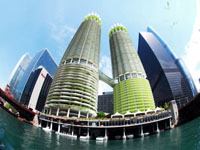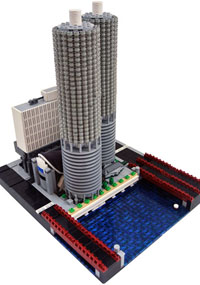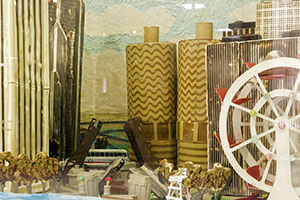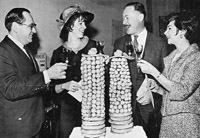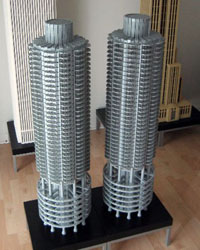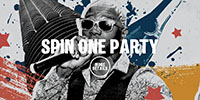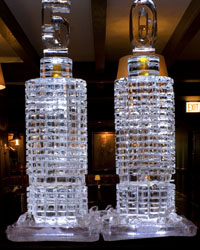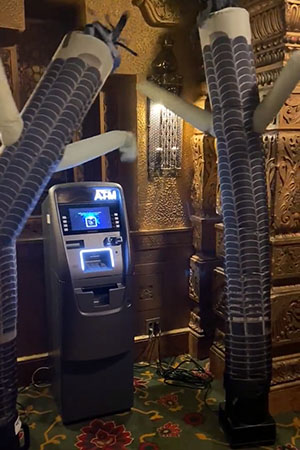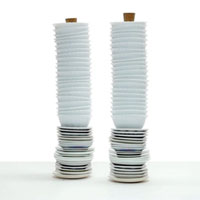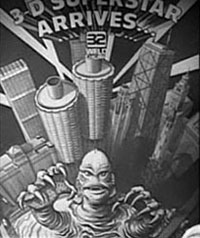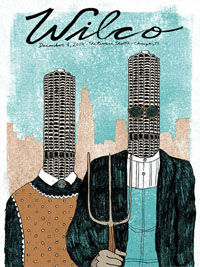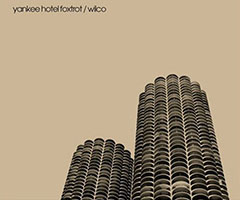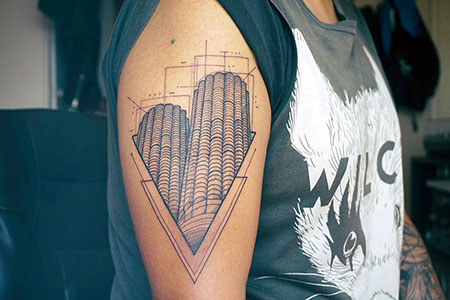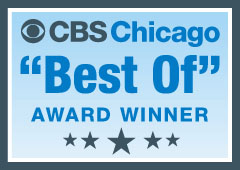
CBS Chicago “Best Of” 2011 Best Things To Do In A Skyscraper 6 Ways To Laugh In Chicago – Dick’s Last Resort |
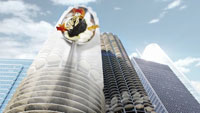
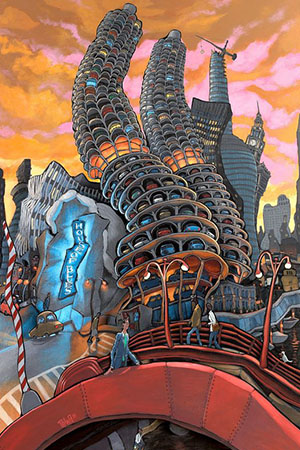
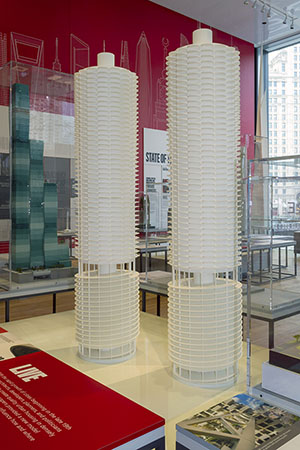
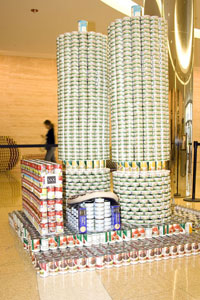

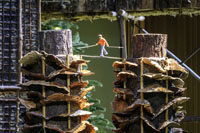
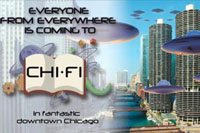
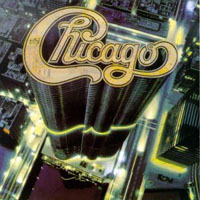
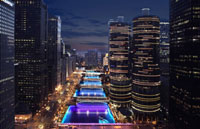
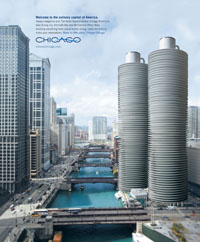
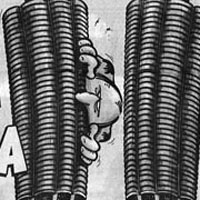
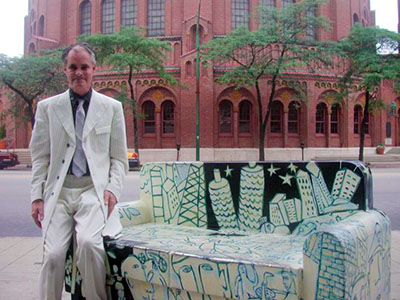
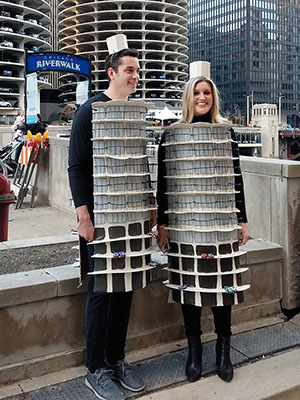
 |
 |
 |
 |
 |
- According to 2010 Census data, the population of Marina City is greater than 636 municipalities in Illinois, or about half. Marina City, with 929 residents, is the size of Elkville, a village about one mile square in southern Illinois.
- The residential units have a conservative estimated combined market value of $197 million. According to Forbes.com, that is more than the net worth of Janet Jackson but not Mariah Carey.
- Marina City’s many film credits include Steve McQueen’s last film, The Hunter, and Jackie Gleason’s last film, Nothing In Common.
- Marina City has also appeared in Batman Begins, Captain Ron, Chicago Fire, Chicago P.D., Contagion, Divergent, Ferris Bueller’s Day Off, I, Robot, Source Code, Stranger Than Fiction, The Blues Brothers, The Break-Up,The Dark Knight, and Wanted. In Transformers 3: Dark of the Moon, Marina City is depicted with extensive damage inflicted by alien robots. It appears in the opening credits of the 1970s TV show The Bob Newhart Show and in the closing credits of Good Times.
- The first film with scenes shot at Marina City was Goldstein, a low-budget, 85-minute black-and-white 1964 story about a prophetic old man. It was director Philip Kaufman’s first film. He would go on to direct Invasion of the Body Snatchers, The Right Stuff, The Unbearable Lightness of Being, and Henry & June.
- The first owner of the land on which Marina City is now located was Dr. Alexander Wolcott, Jr. He bought the lot at an auction in 1830 for $685.
- The first building on the property was a simple log cabin on the north side of the river near what is now North State Street. It was an “agency house” used by Wolcott, who was the U.S. Government’s Indian Agent.
- When it was sold to Marina City developers in 1959, the property was a vacant lot except for a 34-foot wide strip of railroad tracks that ran through the north half of the site.
- Developers paid $3 million for the site in one of Chicago’s first “air rights” deals. They were not buying the land, but the empty space above the property.
- The first drawings of Marina City included two 40-story rectangular buildings, but the “footprint,” or required surface space, would have overwhelmed the site. The architect, Bertrand Goldberg, submitted a second design in which the towers were 65 stories and round.
- A railroad car designed by Goldberg earlier in his career may have been the inspiration for Marina City’s round towers. Inside the car was a tube constructed of specially-laminated plywood.
- Faced with a funding shortfall of $1 million, the architect convinced lenders the difference could be made up by raising apartment rents by 50 cents per month.
- The first tenant to move into a Marina City apartment was Louise Hance, a secretary for the partnership bank Brown Brothers Harriman & Co., on Sunday morning, October 14, 1962. The last unit to be occupied was #6004 in the west tower on December 23, 1964.
- Originally, it was thought the marina at Marina City would accommodate 1,000 boats. That was toned down to 700 boats, and then 500 boats. Today, 12 boats might be a conservative estimate.
- By the end of 1964, Marina City housed a grocery store, pharmacy, florist, gift shop, travel agency, bank, barber shop, beauty salon, restaurants and bars. A health club would soon be added, including a swimming pool. There was a skating rink and sculpture pavilion. Tour guides wore uniforms that were marine blue in color with gold insignia. A “teleview teller” near the tunnel to the office building was the 1960s version of an ATM, allowing the user to see the teller at Marina City Bank on closed-circuit television.
- The first films shown at Marina Cinemas, a triplex movie theater that opened at Marina City on September 25, 1970, were The Hawaiians, Hello, Dolly! and M*A*S*H. It closed in 1977 with Rocky and Young Frankenstein.
- In November 1975, Pepe Martina walked from the west tower to the east tower without using the plaza or lower levels. He used a tightrope suspended 60 feet up between the two towers. He performed a variety of tricks along the way. Pepe, who performed around the world, was in town to promote newly expanded facilities at Chicago Health and Tennis Club, located at Marina City.
- The first president of Marina Towers Condominium Association was William Goodstein, a real estate lawyer elected in 1977. Although he owned a condominium at Marina City, he did not actually live there.
- Over the years, the theater building, now occupied by House of Blues Chicago, has been affectionately known to residents as “The Whale” and “The Armadillo.”
- Famous Marina City residents include former White House press secretary James Brady, former NBC News correspondent John Palmer, singer John Denver, Yvonne Daniels, the first female disc jockey at WLS Chicago, and Max Robinson, the first African-American network news anchor in the U.S.
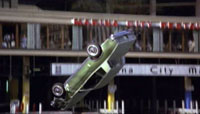
|
In The Hunter, McQueen plays a bounty hunter who chases a fugitive up the spiral parking ramp on the west tower at Marina City before the villain loses control and drives off into the river. The car was a green 1980 Grand Prix Pontiac, with a dummy and a movie camera in the front seat. According to the script, the driver was supposed to survive the crash. But the impact was so severe that producer Mort Engelberg changed the story. |

|
The stunt was restaged on October 19, 2006, for a television commercial for Allstate Insurance Company. A 1987 Oldsmobile Cutlass plunged into the Chicago River from the 17th floor of the parking ramp. |
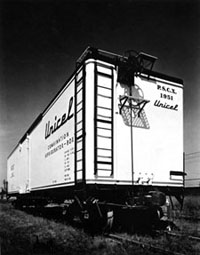 |
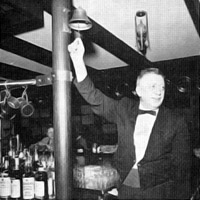 |
Every day at 5:30 p.m., circa 1964, the ship’s bell in the Ship’s Bar & Lounge at Marina City, built in the shape of a ship, would be rung and anyone sitting at the bar could buy for five cents (36 cents in today’s money) another of what they were currently drinking. The bell was also rung whenever an important-looking craft appeared on the river. The name of the ship and its home port were then announced. |
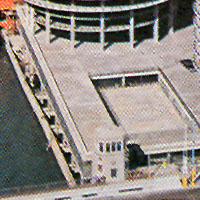 |
In 1963, more than 80 pounds of dynamite were used to remove a 280-foot bulkhead that separated the new marina from the Chicago River. |
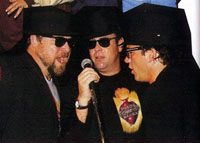 |
To a groundbreaking ceremony in September 1995 for House of Blues, HOB investors Dan Aykroyd, Jim Belushi, and John Goodman arrived in a vintage railroad car on tracks located below the plaza that led to a loading dock. They wore black suits, black hats, and black sunglasses. |
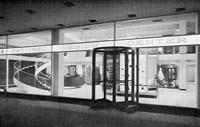 |
In 1968, the Univac division of Sperry Rand (now known as Unisys), leased space on the west side of the office building below what was more recently BIN 36 and Katana Chicago. They had by all accounts an impressive spiral staircase that was removed during a subsequent renovation. |
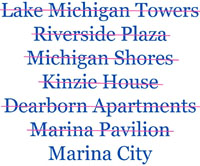 |
Marina City was named by Seena Swibel, the wife of Marina City developer Charles Swibel. Other names considered were Lake Michigan Towers, Riverside Plaza, Michigan Shores, Kinzie House, Dearborn Apartments, and Marina Pavilion. If architect Bertrand Goldberg had had his way, Marina City would have been called “River City,” which ended up being the name of another complex Goldberg would later design. |
